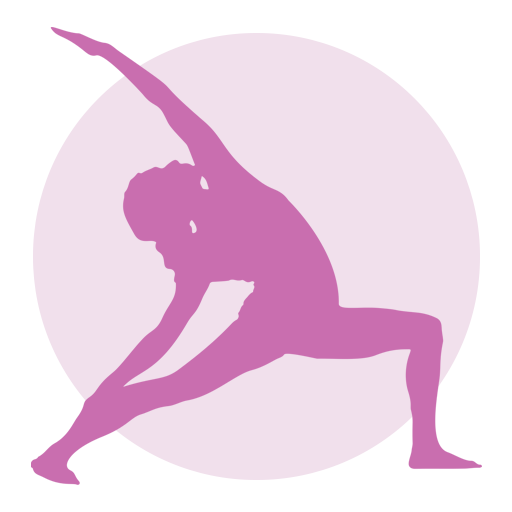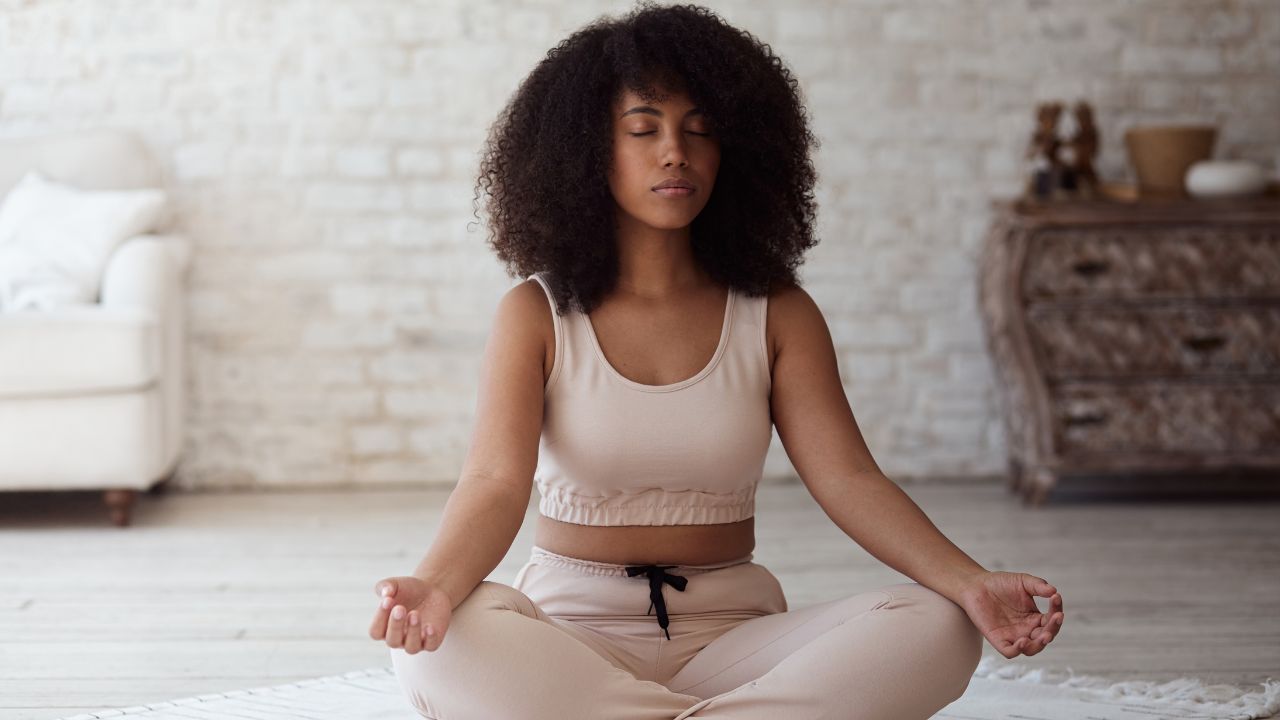Relaxation Techniques – Comprehensive Guide
Feeling the weight of the world on your shoulders? It’s time to press the pause button and explore the profound realm of relaxation techniques.
In this comprehensive guide, we’ll delve into the science, benefits, and practical applications of various methods designed to unwind both your mind and body. So, kick back, take a deep breath, and embark on a journey to tranquility.
Key Takeaways
- Relaxation techniques offer a holistic approach to enhance both physical and mental well-being.
- Guided meditations, yoga postures, and imagery exercises form a versatile stress-reduction toolkit.
- Tailoring relaxation techniques to individual preferences ensures a personalized and effective approach.
Understanding Relaxation Techniques
Relaxation techniques encompass a diverse range of practices that aim to induce a state of calmness, reduce stress, and promote overall well-being.
These methods not only provide a momentary escape from life’s demands but also contribute to long-term physical and mental health. Let’s explore the various facets of relaxation techniques and their transformative power.
The Science Behind Relaxation
Before we dive into specific techniques, it’s crucial to understand the science that underpins relaxation. When you engage in relaxation practices, your body undergoes physiological changes. Breathing slows, heart rate decreases, and muscle tension releases. These changes are associated with activating the parasympathetic nervous system, often called the “rest and digest” system.
Scientific studies consistently highlight the benefits of regular relaxation practices in reducing cortisol levels (the stress hormone) and promoting a sense of well-being. It’s not just a fleeting sense of calm; it’s a fundamental shift in your body’s response to stressors.
Guided Meditations: A Journey Within
Benefits of Guided Meditations
Guided meditations serve as a powerful tool for relaxation, offering benefits that extend beyond the meditation session. These include:
- Stress Reduction: Guided meditations provide a structured approach to calming the mind, reducing stress levels effectively.
- Improved Focus: Regular practice enhances attention and concentration, fostering mental clarity.
- Emotional Well-being: Guided meditations often incorporate elements of mindfulness, promoting emotional balance and resilience.
Sample Guided Meditation: Stress Reduction
Find a quiet space, sit comfortably, and close your eyes. Take a deep breath in, hold for a moment, and exhale slowly. Now, envision a serene place – it could be a beach, a forest, or a cozy room. As you breathe, feel the stress melting away, replaced by tranquility. Continue this visualization, and when you’re ready, gently open your eyes.
Yoga Postures: Unwind with Asanas
The Therapeutic Power of Yoga
Yoga, an ancient practice, extends far beyond physical flexibility. Specific yoga postures, or asanas, have profound effects on both the body and mind. Incorporating these postures into your routine can contribute to:
- Relaxation: Asanas such as Child’s Pose and Savasana induce a deep state of relaxation.
- Stress Reduction: The combination of breath and movement calms the nervous system, reducing stress.
- Improved Sleep: Regular practice of calming poses can enhance sleep quality and duration.
Sample Yoga Posture: Child’s Pose (Balasana)
- Kneel on the mat with toes touching and knees hip-width apart.
- Sit back on your heels and extend your arms forward, lowering your chest toward the mat.
- Rest your forehead on the mat and breathe deeply, feeling the stretch in your spine.
- Hold for 1-3 minutes, focusing on your breath and allowing tension to melt away.
Imagery Exercises: Painting Peace in Your Mind
Harnessing the Power of Mental Imagery
Imagery exercises involve creating a mental picture to evoke a sense of calm and relaxation. This powerful technique contributes to:
- Stress Reduction: Visualization redirects the mind’s focus, alleviating stress and promoting relaxation.
- Enhanced Concentration: Practicing imagery exercises can sharpen your ability to visualize and concentrate.
- Emotional Healing: Imagery can be a tool for processing emotions and fostering a positive mindset.
Imagery Exercise: Forest Retreat
Close your eyes and imagine yourself in a lush forest. Picture the vibrant greenery, hear the rustling leaves, and feel the soft soil beneath your feet.
As you explore, notice a tranquil clearing. Sit down, breathe in the forest air, and let the serenity envelop you.
Takeaway
Whether it’s the rhythmic flow of guided meditations, the grounding nature of yoga postures, or the vivid scenes painted by imagery exercises, relaxation techniques offer a spectrum of tools to cultivate a serene mind and body.
Tailored Recommendations: Crafting Your Serenity Plan
Understanding Individual Needs
No two individuals are alike, and relaxation techniques should reflect this diversity. Tailoring your approach based on individual needs ensures a more personalized and effective experience. Consider the following factors:
- Preferences: Some individuals may resonate more with guided meditations, while others find solace in yoga postures or imagery exercises.
- Time Commitment: Choose techniques that align with your schedule. Whether you have five minutes or an hour, there’s a relaxation method suitable for your time frame.
- Comfort Level: Your comfort with a particular practice contributes to its effectiveness. Experiment with different techniques to find what feels most natural for you.
Personalized Recommendations
Quick Stress Buster: 5-Minute Breathing Exercise
- Find a quiet space and sit comfortably.
- Inhale deeply for a count of four, hold for four counts, and exhale for four counts.
- Repeat for five minutes, focusing solely on your breath.
Deep Dive into Tranquility: Evening Yoga Routine
- Start with Child’s Pose for 3 minutes.
- Transition to Downward Dog for 2 minutes.
- Follow with Legs Up the Wall Pose for 5 minutes.
- Modify as needed, and gradually extend durations based on your comfort.
Evidence-Based Approach: Building Trust in Relaxation
The Scientific Foundation
Building trust in relaxation techniques requires grounding recommendations in scientific research. An evidence-based approach not only enhances credibility but also validates the efficacy of these practices. Scientific studies have consistently demonstrated the positive impacts of relaxation techniques on:
- Cortisol Levels: Reduction in cortisol levels, indicating a decrease in stress.
- Brain Activity: Changes in brain activity are associated with increased relaxation and improved mental well-being.
- Physical Health: Improvement in cardiovascular health, immune function, and overall physical resilience.
Incorporating Research into Practice
As you embark on your relaxation journey, consider the wealth of scientific evidence supporting these practices. Knowing that meditation can induce positive changes in the brain or that yoga contributes to improved cardiovascular health adds a layer of assurance and motivation to your routine.
Expert Insights: Navigating the World of Tranquility
Wisdom from Meditation Teachers
Meditation teachers, yoga instructors, and relaxation experts offer invaluable insights into optimizing your practice. Drawing from their experience and expertise, these insights may include:
- Breath Awareness: Focusing on the breath is a universal technique endorsed by many meditation teachers. It serves as an anchor for your mind, fostering a sense of presence and calm.
- Consistency Matters: Establishing a consistent practice is key. Even short, daily sessions can yield cumulative benefits over time.
- Gentleness and Patience: Be gentle with yourself. Relaxation is a skill that develops with time and patience. Allow yourself to progress at your own pace.
Realizing the Holistic Benefits
Experts often emphasize that the benefits of relaxation techniques extend beyond stress reduction. They can positively impact sleep quality, emotional regulation, and even interpersonal relationships.
By integrating these practices into your routine, you’re not merely addressing stress; you’re nurturing a holistic sense of well-being.
Beginner’s Guide: Nurturing Novice Practitioners
Step-by-Step Approach
A beginner’s guide is a compass for those stepping into the realm of relaxation techniques. Crafting a step-by-step approach helps demystify the practice and addresses common concerns:
- Selecting the Right Technique: Begin with foundational practices like deep breathing before exploring more complex methods.
- Setting Realistic Goals: Establish achievable goals, gradually increasing the duration or intensity of your practice.
- Troubleshooting Challenges: Address common challenges such as a wandering mind or physical discomfort, providing solutions for a smoother journey.
Addressing FAQs
A beginner’s guide should anticipate and answer frequently asked questions, fostering a sense of reassurance for novice practitioners. Common questions may include:
- How often should I practice?
- Can I combine different relaxation techniques?
- What if I find it challenging to quiet my mind during meditation?
By providing clear answers, you empower beginners to navigate potential obstacles and persist in their relaxation journey.
Advanced Practices: Elevating Your Relaxation Journey
Mindful Movement: Tai Chi and Qigong
While yoga is a well-known practice for combining movement and breath, Tai Chi and Qigong offer unique approaches to mindful movement. These ancient Chinese practices focus on slow, deliberate movements coordinated with deep breathing, promoting:
- Balance: Both physical and mental balance are cultivated through deliberate and flowing movements.
- Energy Flow: Qigong, in particular, emphasizes the flow of vital energy (Qi) to enhance well-being.
- Mind-Body Connection: The integration of movement and breath fosters a profound mind-body connection.
Transcendental Meditation
Transcendental Meditation (TM) is a technique that involves silently repeating a mantra for 15-20 minutes, twice a day. This practice, endorsed by various celebrities and researchers alike, is known for:
- Stress Reduction: TM has been shown to decrease stress and anxiety, contributing to improved mental health.
- Enhanced Brain Function: Research suggests positive effects on brain function, including increased creativity and improved cognitive performance.
- Accessible to All Ages: TM is adaptable and can be practiced by individuals of all ages, making it a versatile relaxation tool.
The Synergy of Techniques: Finding Your Perfect Blend
Holistic Harmony
As you progress in your relaxation journey, consider the power of combining various techniques to create a holistic approach. For example:
- Morning Routine: Start your day with energizing yoga postures, followed by a brief guided meditation for focus.
- Evening Ritual: Wind down with a calming imagery exercise, leading into a restorative yoga pose before bedtime.
Tailoring Your Blend
Experimentation is key to finding your optimal blend of relaxation techniques. Listen to your body and mind, noting how different practices complement each other. By tailoring a routine that suits your lifestyle and preferences, you can harness the synergistic effects of multiple techniques.
Building a Supportive Community: Sharing the Serenity
The Power of Shared Experiences
A sense of community adds a unique dimension to the practice of relaxation techniques. Whether online or in-person, sharing experiences with like-minded individuals offers:
- Motivation: Group settings provide encouragement to maintain a regular practice.
- Inspiration: Learning from others’ experiences introduces new perspectives and techniques.
- Accountability: A supportive community fosters accountability, helping you stay committed to your relaxation goals.
Online Communities and Resources
In the digital age, connecting with a community is easier than ever. Online platforms dedicated to relaxation and well-being provide:
- Discussion Forums: Engage in conversations with individuals facing similar challenges and triumphs.
- Resource Sharing: Access a wealth of resources, including guided meditations, yoga sequences, and expert insights.
- Progress Tracking: Some platforms offer tools to track your progress, celebrating milestones along your journey.
Your Serenity Roadmap: A Holistic Approach
As we conclude this exploration into relaxation techniques, remember that your journey is dynamic and unique. Continuously adapt and evolve your practice to meet your changing needs. Embrace the diversity of techniques, blend them harmoniously, and share your experiences within a supportive community.
Recap: Your Serenity Toolkit
- Foundational Practices: Start with deep breathing and basic meditation for a solid foundation.
- Mindful Movement: Explore yoga, Tai Chi, or Qigong for a holistic mind-body experience.
- Advanced Practices: Consider transcendental meditation for a deeper, focused relaxation.
- Synergy of Techniques: Combine practices to create a personalized and comprehensive routine.
- Community Connection: Engage with a community for shared insights, motivation, and growth.
Stay tuned for more insights, success stories, and expert interviews as we continue to uncover the vast landscape of relaxation techniques. Your serenity awaits, and the journey is an ongoing, enriching adventure.
Curious to learn more and connect with a supportive community? Visit CalmingMindTherapy.com for additional resources and expert guidance. Your path to serenity continues – embrace it!

